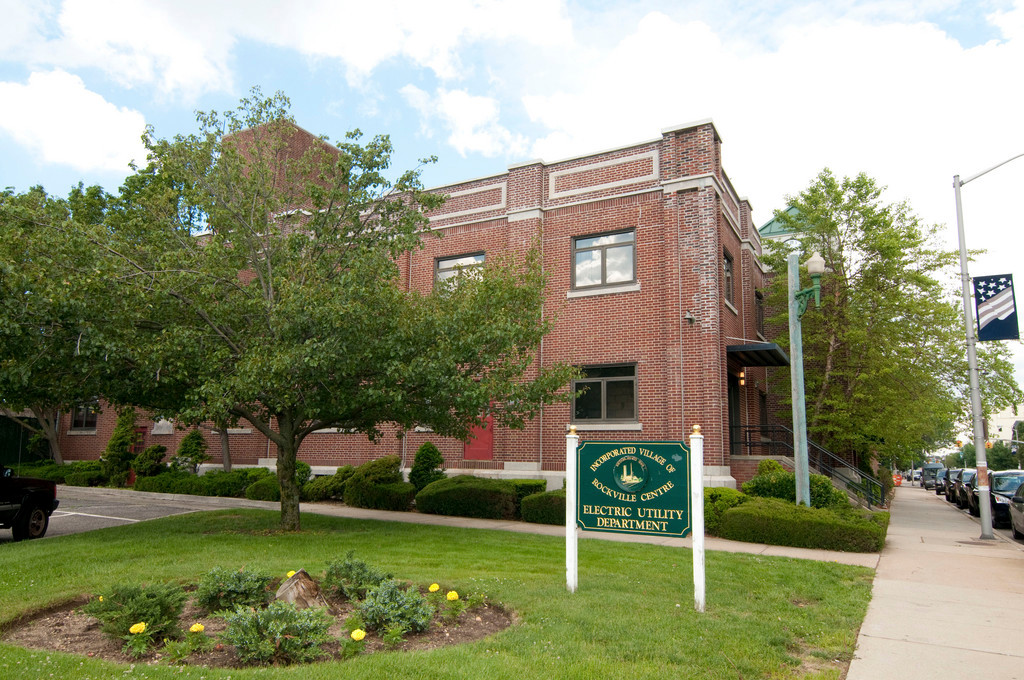Village seeks more efficient energy sources
Asks LIPA to consider installing one or two peaking units in the village
As the Long Island Power Authority presented its integrated resource plan to residents last week, the village recommended for the electric provider to look into the possibility of installing one or two peaking units in Rockville Centre.
The IRP, prepared by PSEG Long Island and released in April, uses energy-use forecasts to help identify future resources necessary to best serve LIPA’s customer base. The study projects a power capacity surplus until at least 2035, due in part to increased energy efficiency and a growth in renewable energy. The state’s Clean Energy Standard, for example, designed to reduce air pollution and fight climate change, requires that 50 percent of New York’s electricity come from renewable energy sources, such as solar and wind, by 2030.
As a result, the studies within the plan showed that it would not make economic sense to modernize the E.F. Barrett Power Station in Island Park, the plant in Port Jefferson or to move forward with Caithness II, a proposed $2.9 billion plant in Yaphank.
But, at a public statement hearing in Mineola on June 22, Rockville Centre Mayor Francis X. Murray asked LIPA to consider conducting feasibility studies to potentially implement generators at Rockville Centre’s current power facility, or at its substation at the west end of the village.
“Increasing reusables will further reduce the run time of the steam-generated units,” Murray said. “Due to the variable and intermittent nature of solar and wind resources, additional fast-start generation will be required.”
Murray noted that the village’s power is primarily serviced by three transmission lines owned by LIPA and operated by PSEG Long Island. But, Rockville Centre’s electric department, which he said is the oldest electric utility on Long Island, owns and operates a small power plant that is used when energy requirements exceed these import capabilities during peak usage periods, such as summer months.
Fast-start units could help support LIPA’s electric system during system emergencies, major storms and local transmission outages, Murray said, adding that the Rockville Centre plant was used to help restart Long Island Light Company systems during a blackout in 1965.
In March, the village was awarded $1 million as part of the second stage of the NY Prize Community Microgrid competition. The funding is for conducting engineering, developing specifications, obtaining bids and preparing business plans for a microgrid, which would allow the village to modernize its power system and make it more resilient during emergencies, while also moving toward renewable energy sources.
The proposed microgrid would include up to one or two megawatts of solar power and six to 12 megawatts of dual-fuel or gas-fired generation, and would serve residents, as well as 34 critical facilities including South Nassau Communities Hospital, police and fire services, Village Hall, assisted living centers, and local businesses. The additional peaking units would complement such renewable energy sources, Murray said at the meeting.
“As you look forward in developing an integrated supply plan, we think our village can play a role,” Murray said, “and benefit the more than 1 million Long Island ratepayers, but also the residents of our village.”
Though the IRP’s findings suggest that it is a priority to study the possibility of implementing peaking plants, LIPA Spokesman Sid Nathan said, LIPA did not wish to comment on the mayor’s recommendation at this time.

 44.0°,
Mostly Cloudy
44.0°,
Mostly Cloudy 




